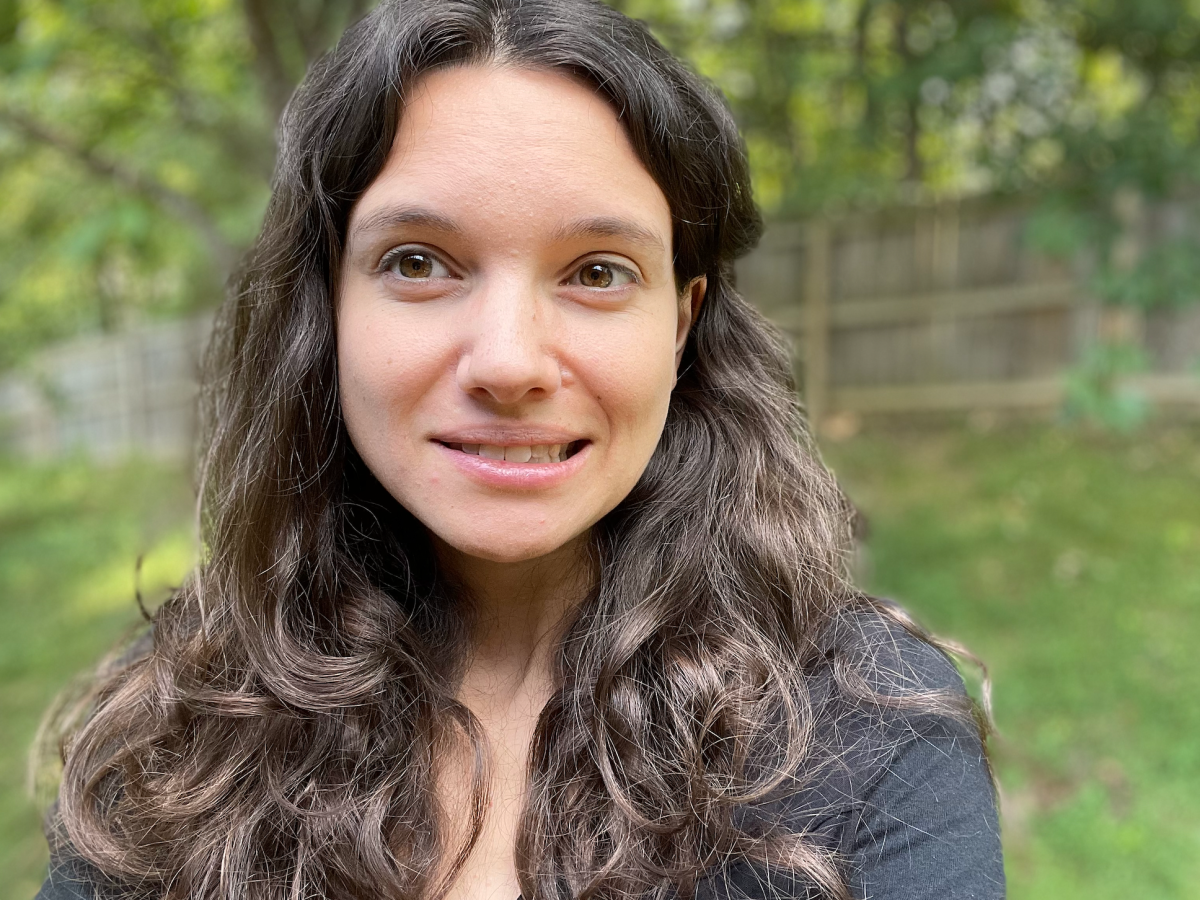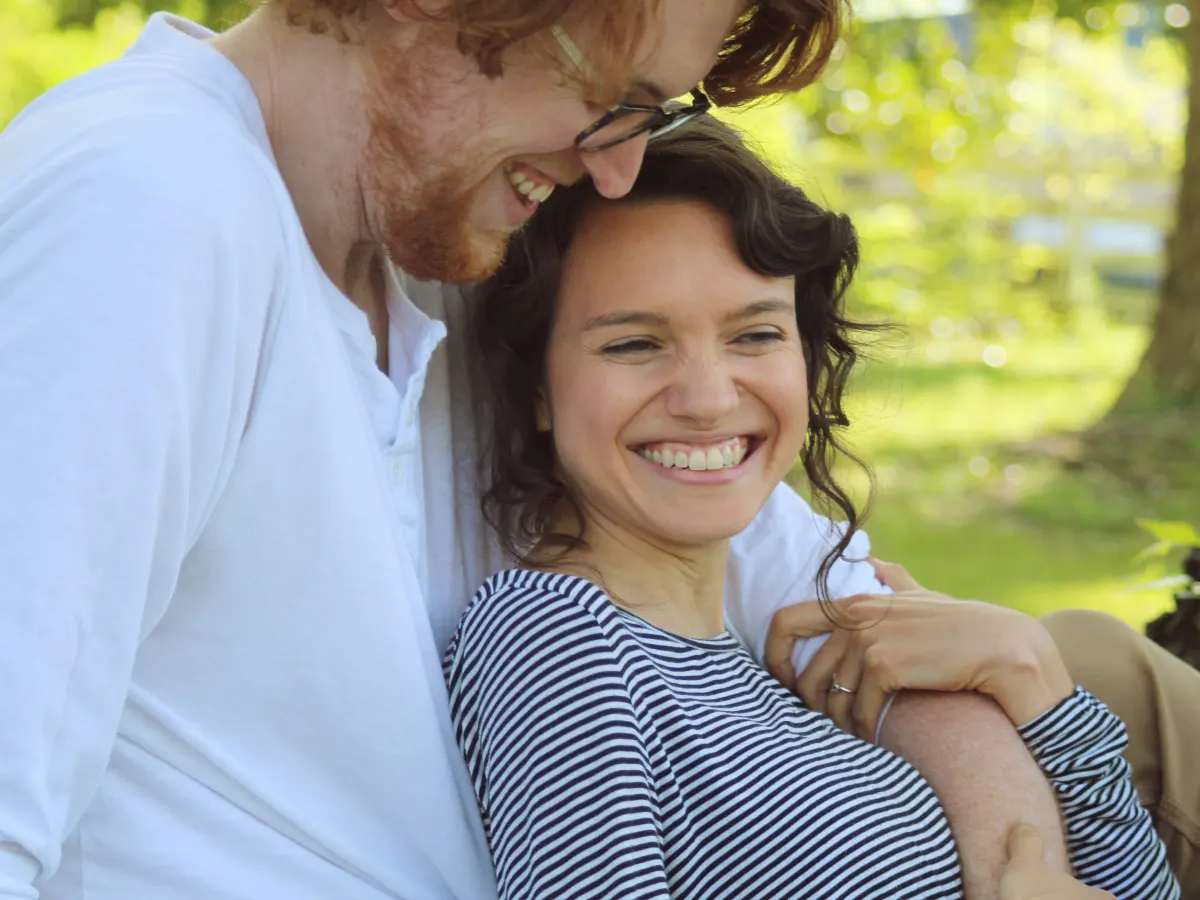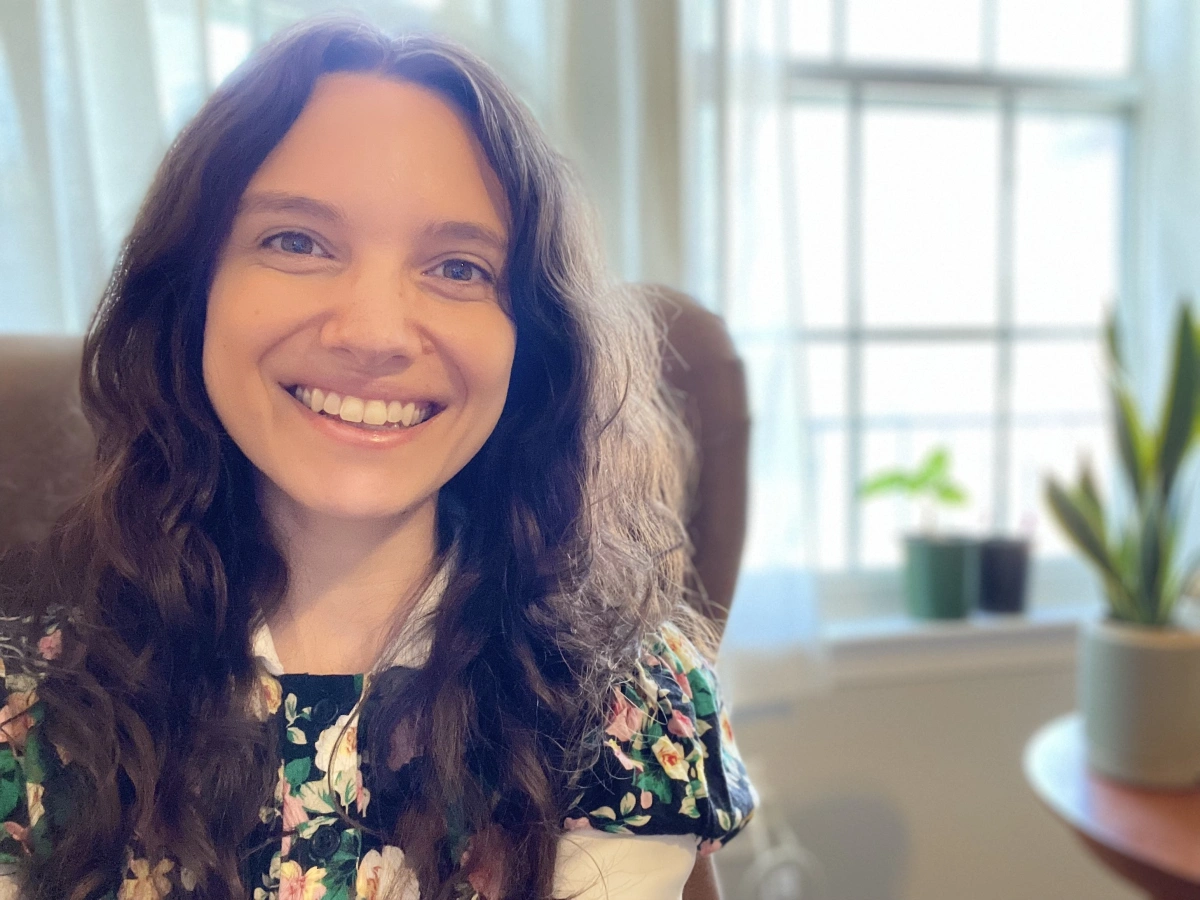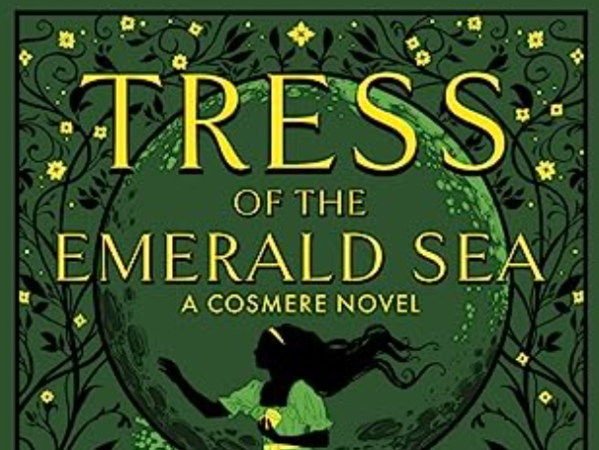Last night, I woke up with an anxious feeling in my stomach.
My breaths became shallow and quick, and I felt that familiar feeling of physical anxiety creeping up.
I’m using the term “physical anxiety” because anxiety comes in many forms. Sometimes it begins with thoughts that become feelings, and sometimes it begins with feelings that influence thoughts. Physical anxiety creeps in out of nowhere, often without negative thoughts triggering it.
After a few minutes of slowing my breathing, telling myself that I was fine, and centering in the moment, I rolled over to tell my husband that I was anxious and needed to eat something, and then I went to the kitchen and ate a few handfuls of almonds and a glass of water. I went back to bed and worried for a few more minutes about whether or not I would sleep, so I put on my headphones and listened to an audio book until I drifted off without realizing it.
As I look back on this moment, I feel an enormous gratitude.
This story looks very different from how it would have played out several years ago
How I Learned to Stop Anxiety
When I first began to feel physical anxiety, I didn’t know what it was, and I would panic. My whole body would respond in fear, and it would sometimes take hours for me to calm down completely. Later, after I recognized the feeling, any ripple of anxiety in my gut would turn to dread. This dread spiraled into fear of fear itself, which then became panic. The more I panicked, the more my feelings grew.
I wish I could tell my younger self what she could have done in those moments. I wish she knew that, years later, she would be able to move on from those random attacks of physical anxiety. However, what happened last night was the result of years and years of exposure therapy and practice (and a daily dose of sertraline).
If you have anxiety and are still getting used to these new feelings, I want to offer some hope and encouragement: you can and will overcome this. The more stressful situations you are exposed to, the more you will learn that you can handle them. Those anxiety attacks will become less and less powerful until you can brush them off in seconds.
1. Break the chain of anxious thoughts
To stop anxiety, I had to learn to break the chain of thoughts, feelings, and responses.
My cognitive behavioral therapist taught me about a process called chain analysis. We have to analyze the chain of our behaviors, thoughts, and physical feelings to see learn how to break the chain. An action, thought, or feeling can be the start of a chain of more actions, thoughts, or feelings. I the past, night time anxiety may have begun with feeling physical anxiety, then thinking negatively, then responding with an impulse, such as freezing. The response would increase my fear because I hadn’t truly dealt with the problem, which would lead to more physical anxiety, and so on.
Last night, I did this without thinking about it. When I felt that first pang of anxiety, my first thought wasn’t, “Oh dear, I’m anxious, and now I’m about to have a panic attack.” My thought was, “Oh, hey, that’s anxiety. That’s normal. I can handle this.”
When my breaths quickened, instead of freezing, I practiced deep breathing. I have a favorite breathing pattern that always works for me.
2. Breathing techniques for anxiety
Inhale deeply for 4 seconds.
Hold it for 7 seconds.
Exhale for 9 seconds–or as long as you can
It can take several tries to reach that 9-second exhale, but when I do, I feel my body relaxing.
3. Move
The next step for me is doing something that gets me out of my thoughts.
When I was calmer, I wondered if having some food would help, so I decided to act by getting myself some food. But I first told my husband because speaking my anxieties has been one of the best healers for me. Just saying, “Hey, I’m anxious” can stop a downward spiral of negative thoughts.
Putting on headphones and listening to an audiobook made sure that I didn’t subconsciously allow my thoughts to wander. And I slept.
While I did each of these without thinking about the chain analysis, what I was doing was continually stepping outside of the chain and breaking it one link at a time.
4. Mix it up
Breaking the chain of thoughts, feelings, and actions can look different for each circumstance. Sometimes it means I need to go for a walk or do some stretches or sit outside in the fresh air. Sometimes it means talking to someone. Sometimes I just need a shower or a cup of tea or the scent of something soothing, like lavender or orange or eucalyptus. Most of the time, it means moving and doing something different, but then there are times when the best thing I can do is stay and breathe and center myself in the moment.
I can’t always control how long the feeling lasts, but I can control how I respond to it. Instead of running from it, I can acknowledge it and do what I need to do to act normal until it goes away.
Dealing with worry itself can be harder. Without worry, physical anxiety doesn’t have much to feed off of. If I’m already worried, physical anxiety can be harder to shrug off. But I have at least learned not to let the physical anxiety lead to worry and create a chain of fear. And if worry becomes physical anxiety, I know that I can deal with the physical anxiety first and then go back to my concerns later. Most worries aren’t urgent, and worrying while I have physical anxiety so far has been unhelpful. I’m learning to set aside worry until I feel better and can think more rationally.
It gets easier and easier over time
I’m not trying to offer a step-by-step method to free you from anxiety forever. But this is an example of how dealing with anxiety gets better (and why cognitive behavioral therapy and medications can be life-changers). I used to think that when my therapist said that I would probably have anxiety forever that she meant it would always be as bad as it was when it started. But what she meant was that those little anxious feelings would pop up every once in awhile, and that I would eventually learn to deal with them.
It’s not always this easy. I wish it was. But today I am just grateful that so many of the little things that used to make me panic are not an issue for me anymore. You may feel like some of your anxieties will last forever, but it’s not true. We are all made with the capacity to grow. Sometimes we do this actively, and sometimes it happens without us even noticing it. One day you will look back and wonder why you were so afraid, and you will find yourself overwhelmed with gratitude.














Leave a comment